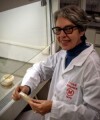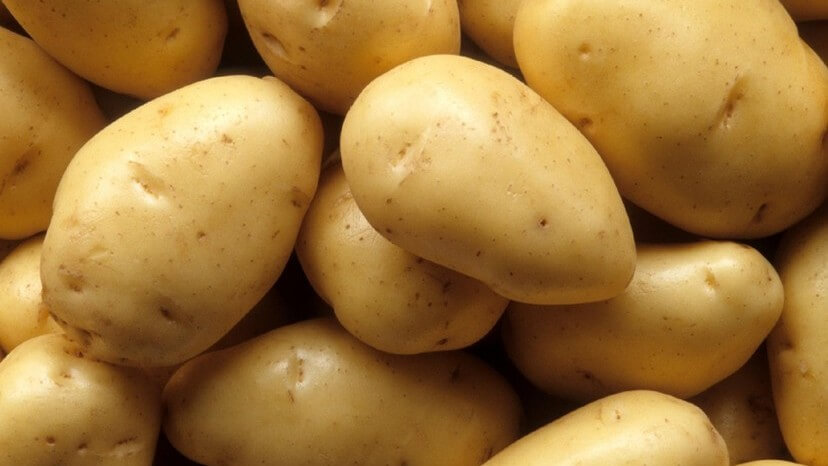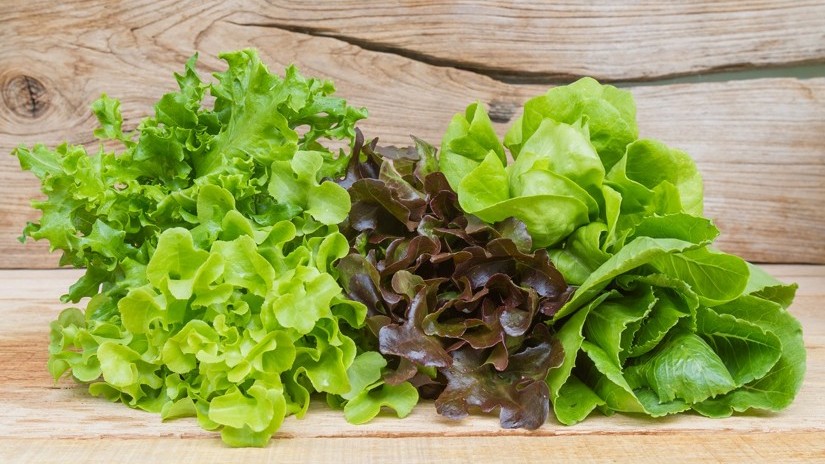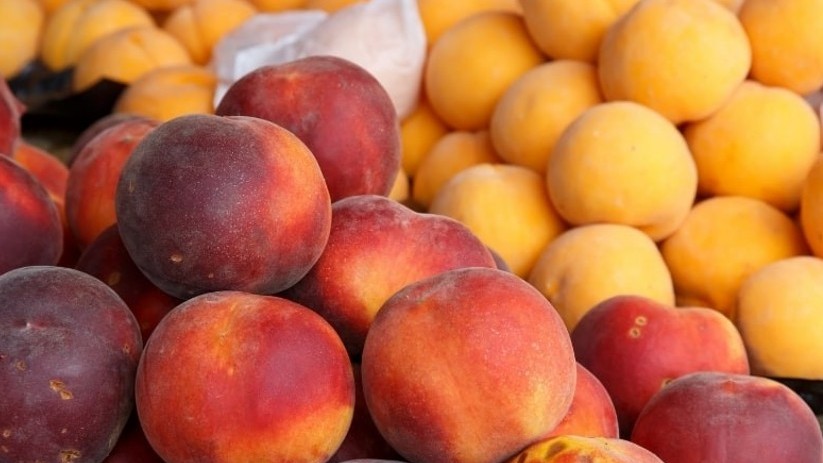News
Calcium Chloride Prevents Pulp Softening in Fresh-Cut Cantaloupe
Exogenous calcium chloride (CaCl2) delays cantaloupe pulp softening in minimally processed by inhibiting cell wall degradation
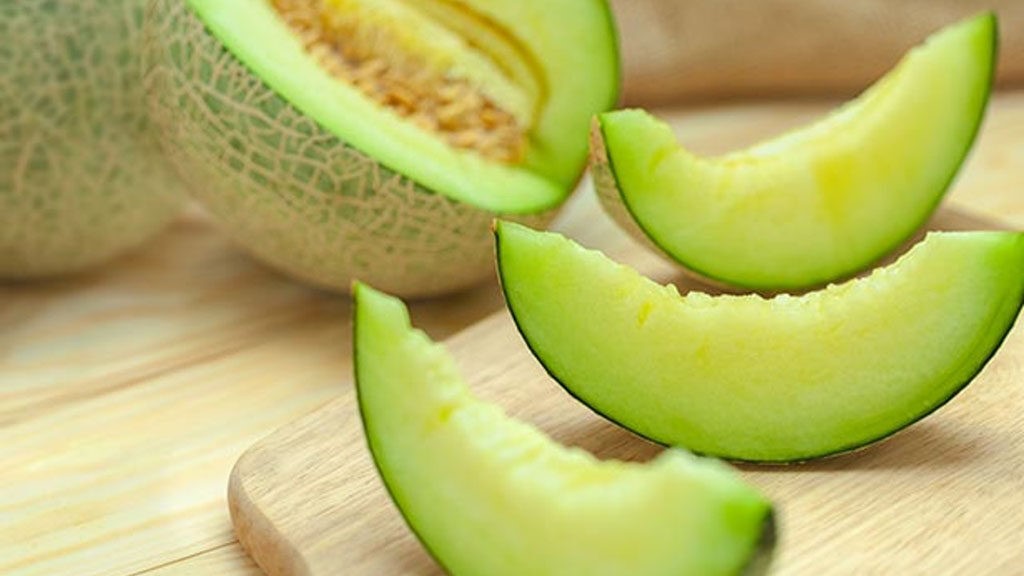
Cantaloupe (Cucumis melo, family Cucurbitaceae) fruit is popular among consumers for its pleasant flavor and functional attributes.
In recent years, there has been a significant increase in consumption of fresh-cut produce ("minimally processed"), valued for its convenience and hygiene. Not removing the peel and seeds makes cantaloupe particularly suitable for processing.
After cutting, cantaloupe deteriorates and decomposes rapidly, severely shortening its shelf life, causing substantial economic losses. Consequently, preserving fruit quality and extending its shelf life have received sustained attention from researchers.
Pulp Softening
Pulp softening is a complex process resulting from multiple morphological and cellular changes in postharvest fruits and vegetables. Excessive softening often leads to spoilage and develops an unpleasant taste, which can deter consumer acceptance.
Although the structural basis of fruit texture is complex, it primarily depends on the cell wall's ability to mediate cell adhesion and maintain pulp firmness. Changes in pulp osmotic status and cell wall are considered the main reasons for fruit softening.
Cell Wall
The cell wall serves as a crucial barrier with the external environment, playing a protective role for the cell.
Similar to most fruits and vegetables, fresh-cut cantaloupe's cell wall consists of three main types of polysaccharides: cellulose, hemicellulose, and pectin.
These components are susceptible to cell wall-degrading enzymes, including polygalacturonase, pectin methylesterase, cellulase, α-galactosidase, α-mannosidase, β-galactosidase, and β-glucosidase.
Extensive studies over decades have shown that regulating the softening process in postharvest products such as peach, blueberry, loquat, kiwi, and fresh-cut cantaloupe largely depends on modulating cell wall metabolism using exogenous elicitors.
Role of Calcium
Calcium (Ca2+) plays a crucial role in maintaining structural integrity of the cell wall in plant tissues.
Specifically, Ca2+ forms a complex with pectin (Ca-pectate) to maintain structural stability of the cell wall in postharvest fruits and vegetables, including strawberries, loquats, fresh-cut cauliflower, mango, and kiwi.
Previous studies report that treatment with a concentration of 10 gL-1 CaCl2 improves firmness and inhibits strawberry softening by modulating key genes involved in pectin metabolism.
Additionally, ozone treatment has been observed to maintain kiwi firmness and delay softening for 12 days of storage, attributed to elevated levels of free cytoplasmic Ca2+, Ca-pectate, and suppression of enzymatic activities related to cell wall component degradation involving cellulose and protopectin.
However, beyond its role in cell wall composition and structure, Ca2+ also serves as a crucial second messenger in intracellular signaling. In response to biotic and abiotic stress, Ca2+ transforms external stimuli into internally interpretable signals in plants through three mediators: Ca2+ channels, Ca2+ sensors, and Ca2+ decoders.
Initial Ca2+ signaling receptor proteins on the plasma membrane amplify calcium ion channels, allowing entry of this extracellular cation, leading to fluctuations in cytosolic Ca2+ levels.
Subsequently, Ca2+ sensors capture free Ca2+ and form complexes. These complexes are then decoded by transcription factors capable of recognizing CG (cytosine and guanine) boxes of target genes and triggering physiological effects to complete the entire Ca2+ signal transduction process in plants.
Calcium Chloride Treatment Promotes Cell Wall Integrity
Recent research demonstrated that CaCl2 treatment results in improved cytosolic free Ca2+ and polysaccharide content, firmness, and structural integrity of the cell wall, particularly evident in the denser middle lamella of fresh-cut cantaloupe.
Current findings illustrated that CaCl2 treatment triggers transcriptional suppression mediated by a transcription factor (CmCAMTA2) in genes encoding cell wall-degrading enzymes, inhibiting hydrolysis of polysaccharide components, thus maintaining better structural integrity of the cell wall and delaying pulp softening in fresh-cut cantaloupe.
Sources
You, W.; Zhang, J.; Ru, X.; Xu, F.; Wu, Z.; Jin, P.; Zheng, Y.; Cao, S. (2024). Exogenous CaCl2 delays flesh softening by inhibiting the degradation of cell wall in fresh-cut cantaloupe. Postharvest Biology and Technology, 213:112934
Image
https://www.agro20.com.br/tipos-melao/ Accessed on 06/08/2024.


